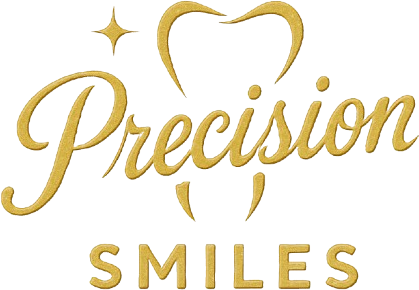Dental Botox Treatments for Bruxism

Botox® has been around for a while, and many patients have used it to achieve a better cosmetic facial complexion, but now, more dentists are beginning to use dental Botox to fix issues such as bruxism (teeth grinding), temporomandibular joint (TMJ) disorder and more. The results are promising.
How dental Botox can treat bruxism
Dental Botox can relax muscles in the jaw, which subsequently reduces the amount of nighttime clenching and grinding that patients who struggle with bruxism experience. The following is a closer look at how dentists can use dental Botox treatment to deal with the symptoms and underlying causes of bruxism.
What is dental Botox?
Dental Botox contains the botulinum toxin. When used to treat bruxism, this toxin can help relax the jaw muscles. This can help patients find relief from their symptoms and possibly achieve an appearance that they find more attractive. Botox has been popular for many years, but more recently, some patients are starting to choose a dentist to perform the treatment. This has many benefits because dentists often specialize in oral and maxillofacial health. They can ensure that the procedure is performed as safely as possible.
The benefits of dental Botox for bruxism
Dental Botox offers unique advantages over other forms of bruxism treatment. Other types of treatments typically include lifestyle changes to reduce stress and wearing a nightguard while sleeping. A nightguard is highly recommended among dentists, and many encourage patients with bruxism to consider both dental Botox and a night guard for optimal protection.
However, dental Botox is often all that is necessary, and the patient may not need to wear a nightguard. Dental Botox can offer many of the same cosmetic benefits as the Botox used to improve facial appearance, including reduced wrinkles and a softer features.
How dental Botox treatment works
Dental Botox treatment involves small injections of botulinum toxin, the primary ingredient responsible for the powerful effects of Botox. The procedure is non-invasive and most patients do not report any discomfort. It only lasts a few minutes at most, although the results may take a week or more to appear. Dental Botox treatment is also safe with few side effects, so long as the patient is not allergic to any of the materials used in the treatment process. A dentist can guide the patient through the entire process for optimal safety and effectiveness.
What to expect after dental Botox treatment
As mentioned, the results can take a week or more to appear. In the meantime, the dentist will provide aftercare instructions to ensure that the results are not jeopardized. The recovery process is short, and the patient can return to their usual daily activities on the same day as the dental Botox treatment.
Contact our dental team today for more information
If you have struggled with bruxism and have not yet been able to find true relief, then give our dentistry a call today to learn more about how bruxism may be able to help you.
Are you considering dental Botox in the Hackensack area? Get more information at https://precisionsmiles.net.
Check out what others are saying about our services on Yelp: Read our Yelp reviews.
Related Posts
Root canal treatment is often the last course of action to save teeth that have been severely damaged or infected. A tooth might become damaged due to trauma to the face or tooth decay destroying its structures.The procedure has a bad reputation as one of the most painful treatments performed by dentists, but patients usually…
Root canal treatment is often the best (or only) way to deal with an abscessed tooth that results from a tooth infection. This review discusses the role root canal treatment plays in treating an abscessed tooth and what you can expect throughout the diagnostic and treatment processes.An abscessed tooth can affect one’s ability to function…
Proper dental care is important for the overall health of your entire family. Routine oral care from a family dentist can have an impact not just on the appearance of your teeth and gums, but on their function as well. Dental health can also affect many systems of the body and should be prioritized to…
Root canal treatment might be recommended if you have a damaged, decayed, or infected tooth. The procedure is usually recommended when the damage to a tooth leaves its pulp chamber compromised. This is the sealed-off, innermost layer of a tooth that houses its blood vessels and nerves. The pulp chamber of a tooth being opened…

